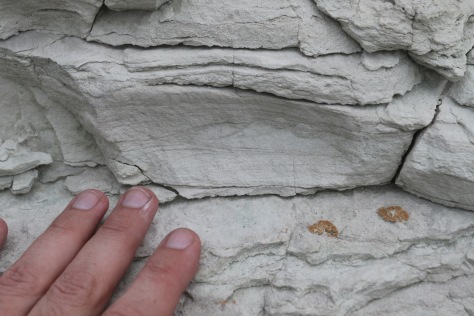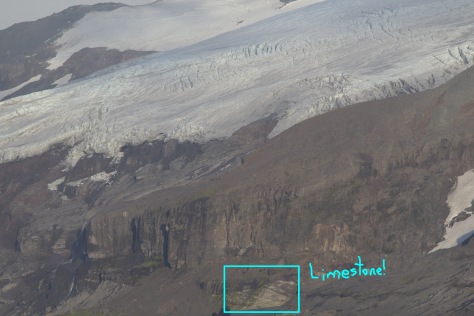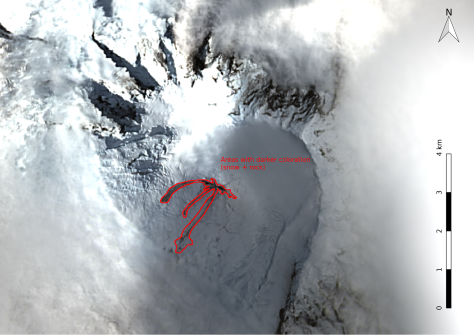What a day! I fortuitously came across quite a few people I know from either my undergraduate institution or my PhD work, and managed to catch up with some of them. I explored about a third of the exhibits in the exhibit hall, and learned about cool new instrumentation, including the Raspberry Shake.
In the afternoon, I went to a volcanology session about flood basalts and large igneous provinces, and it was riveting. Loyc Vanderkluysen is working on a new classification scheme for the Deccan Traps, which cover an area roughly the size of Texas and may have covered three times that area when they were first erupted. These lavas, found in modern-day India, have formation boundaries defined by their chemistry, but the choice of chemistry to use for classification and differentiation seems like it could be improved by modern data analysis techniques.
But the talk that really stood out was by Courtney Sprain, talking about dating the Deccan Traps. Papers published in 2015, one using U/Pb dating (Schoene et al.) and the other using Ar/Ar dating (Renne et al.), concluded that the Deccan Traps were erupted almost entirely between 67 Ma (Mega-annum, million years ago) and 65 Ma, right across the Cretaceous-Paleogene (K-Pg) boundary. However, the middle portion of the sequence was not dated sufficiently precisely to test whether the Chixulub impact caused increased volcanism in the Deccan Traps. In this new work, many additional samples have been analyzed with high-precision Ar/Ar using many multi-grain step-heating experiments. As a result, the data are now sufficient to test whether volcanism changed or increased at the same time as the impact. The K-Pg boundary occurs right at an important formation boundary, and Nd isotopes shift there (toward less crust-like, more mantle-like ratios) as well. Feeder dikes, which lower in the sequence were generally oriented in one direction, became randomly oriented above the chronological boundary.
All of which is to say, the new data are of a quality where it would be possible to falsify the hypothesis that the impact caused increased volcanism, but they do not falsify that hypothesis. Indeed, they are quite consistent with it. Wow!
Claims of impact-triggered flood basalts are rather radical, and need some solid data to back them up. The speakers in these sessions were clear to say that this isn’t by any means sufficient yet to declare the new paradigm accepted and move on. Still, this was a pretty big test of the hypothesis, and it came through unscathed.
In the morning, I will be presenting my poster on the retreat of Stephenson Glacier, Heard Island (poster C41B-1222). This conference has been keeping me very busy, and it looks like that will continue through the time I leave. I’m very excited about what I’ve been learning, the people I’ve been talking with, and the ideas that are coming together as a result of this conference. The long conference center (it’s nearly 1 km end-to-end) is keeping me in good shape, too!




































